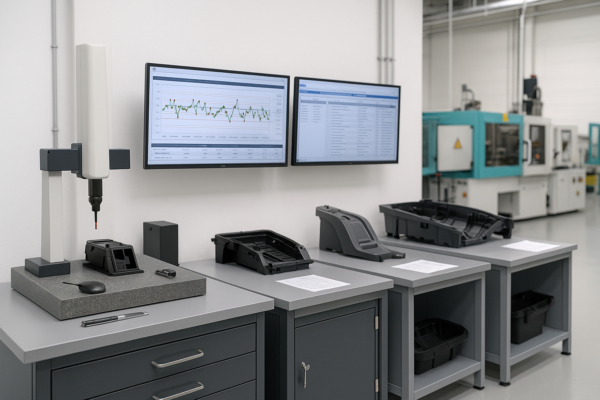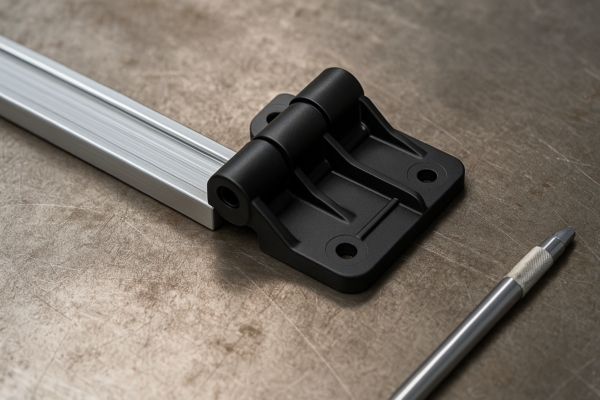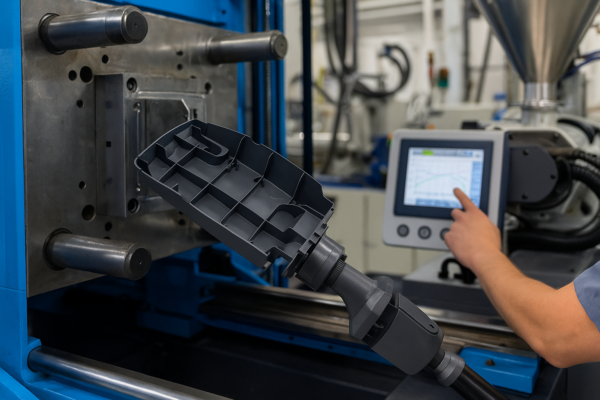What can you use to mark metal?
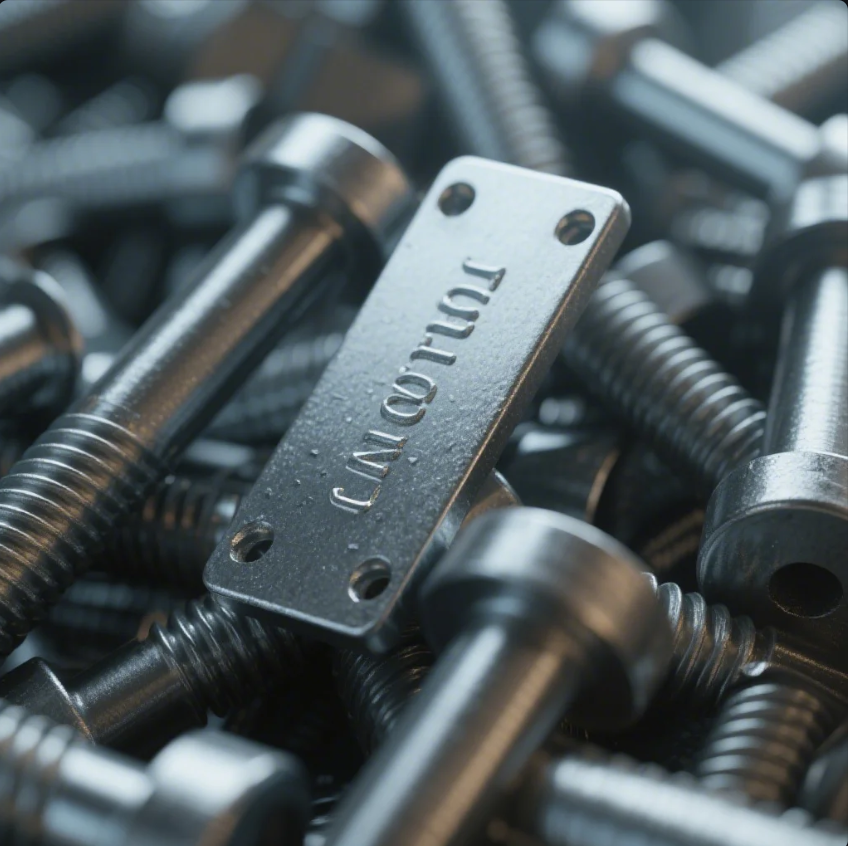
Marking metal is an essential step in the fabrication process. Whether you’re cutting, welding, or assembling, it’s crucial to have clear and accurate marks. But what can you use to mark metal effectively? Let’s dive into the best tools and methods for marking metal surfaces.
Snippet paragraph: Marking metal requires the right tools and methods to ensure precision. Discover the best ways to achieve clear, accurate markings on metal.
Transition paragraph: Let’s explore the best tools and methods to mark metal for any project, from simple designs to intricate details.
What is the best thing to mark metal with?
Choosing the right marking tool for metal depends on the material and the type of work you’re doing. The best tool provides clear, visible marks without damaging the metal surface.
Snippet paragraph: The best marking tools for metal include scribes, pens, and punches. Here’s what to consider when choosing the right one for your project.

Scribe
A scribe is one of the best tools for marking metal, especially when precision is important. The sharp tip of the scribe creates a permanent, fine line on the metal’s surface. It works well on harder metals like steel and stainless steel, offering high precision for intricate designs and measurements.
Marking Pen
For clear, visible marks, a marking pen is ideal. These pens are designed to work on metal surfaces, with ink that adheres to the metal for easy visibility. They are especially useful for temporary marks that need to be seen during fabrication and can be wiped away once the work is finished.
Chalk or Soapstone
For temporary markings, chalk or soapstone works well. Chalk is easy to apply and can be wiped off quickly, making it perfect for large-scale projects. Soapstone, on the other hand, provides more durable marks, and it’s useful for tougher metals that require a longer-lasting line.
Center Punch
A center punch is used to create small indentations on the surface of the metal. These indentations provide a guide for drilling, ensuring that the drill bit stays in place and doesn’t wander off-center. It’s essential for accuracy when creating holes or attaching screws.
LOOP_END
What tool is used to mark metal?
There are various tools designed for marking metal, each suited for specific tasks. Whether you’re working with small parts or large sheets, choosing the right tool is key to ensuring your marks are accurate and lasting.
Snippet paragraph: Marking metal effectively requires using the right tool for the job. Let’s explore the best tools for marking metal surfaces.
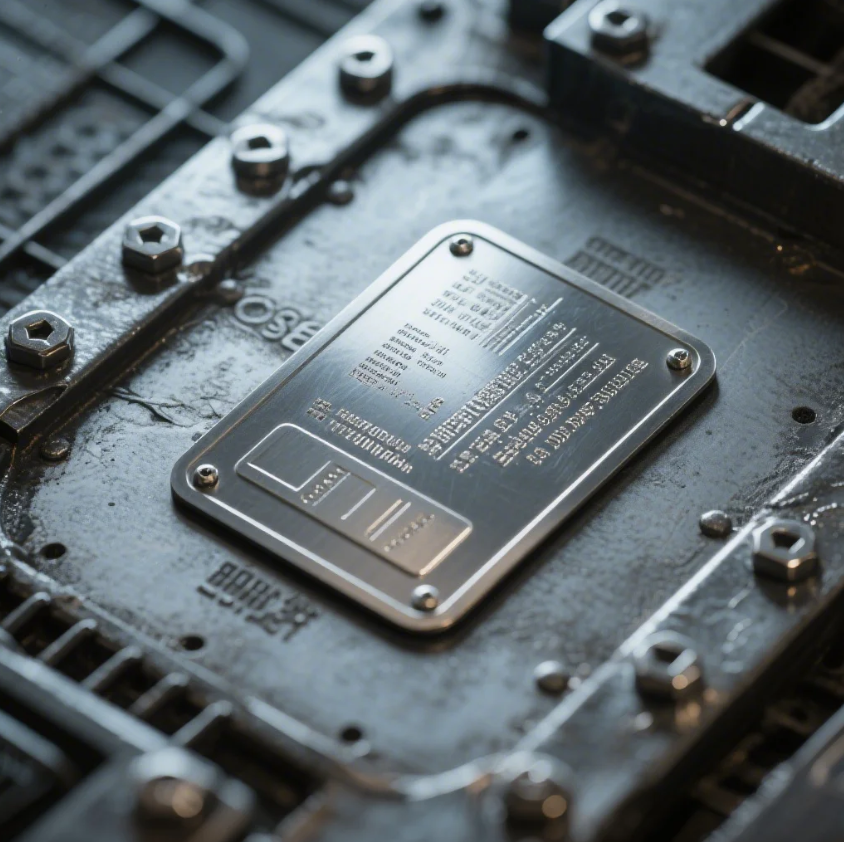
Scribes
A scribe is a go-to tool for marking metal with precision. It scratches the surface, creating a visible, permanent line that doesn’t fade easily. Scribes are excellent for fine lines, small details, and designs that need to be etched on the metal.
Marking Pens
Marking pens are commonly used for larger and more visible markings. The ink sticks to metal surfaces, making it easy to create lines that can be seen clearly during the fabrication process. You can find different colors for high contrast, and these pens are ideal for temporary or permanent lines, depending on your needs.
Soapstone and Chalk
Soapstone is often used for rough or temporary markings on metal. It’s great for large-scale projects and provides a durable mark that holds up even on rough metal surfaces. Chalk is another option for temporary markings, and it can easily be wiped away once the work is complete.
Punch Tools
For accurate drilling or hole placement, punch tools are essential. A center punch creates a small indentation where the hole should be drilled, preventing the drill bit from slipping. This tool is important for ensuring precise, centered holes on metal parts.
LOOP_END
What is the best method for marking metal?
The best method for marking metal depends on your specific project needs. Factors like the type of metal, the complexity of the design, and whether the mark needs to be permanent or temporary all play a role in determining the right method.
Snippet paragraph: The best method for marking metal depends on precision needs, permanence, and the metal type. Here’s how to choose the right method for your project.

Using a Scribe for High Precision
For high-precision work, using a scribe is one of the best methods. Scribes create fine, permanent lines that don’t fade. They are perfect for detailed work where you need accuracy and durability. If you’re working with harder metals like stainless steel, a scribe is ideal.
Marking Pens for Visibility
If visibility is a priority, marking pens are often the best choice. Their ink adheres to metal surfaces, making the lines clear and easy to see. Marking pens are ideal for projects that require larger or more visible marks, especially if the marks are temporary and will be wiped away later.
Chalk and Soapstone for Large Projects
For large projects or temporary markings, chalk or soapstone is an excellent method. Chalk provides easy-to-remove lines, while soapstone offers more durability, making it ideal for tougher metals. These methods are fast and effective for marking out large areas of metal.
Laser Marking for Precision
For projects requiring the highest level of precision, laser marking systems are the way to go. These systems use lasers to etch permanent, clean, and precise lines onto metal surfaces. Laser marking is ideal for intricate designs, logos, or serial numbers that need to be permanently etched.
LOOP_END
What do you use to mark out metal?
Marking out metal requires tools and materials that can handle the metal surface and provide clear, accurate marks. Whether you’re preparing for cutting, welding, or drilling, using the right tool is essential.
Snippet paragraph: When marking out metal, the right tool is critical to ensure accuracy. Here are the tools and materials you can use for the job.
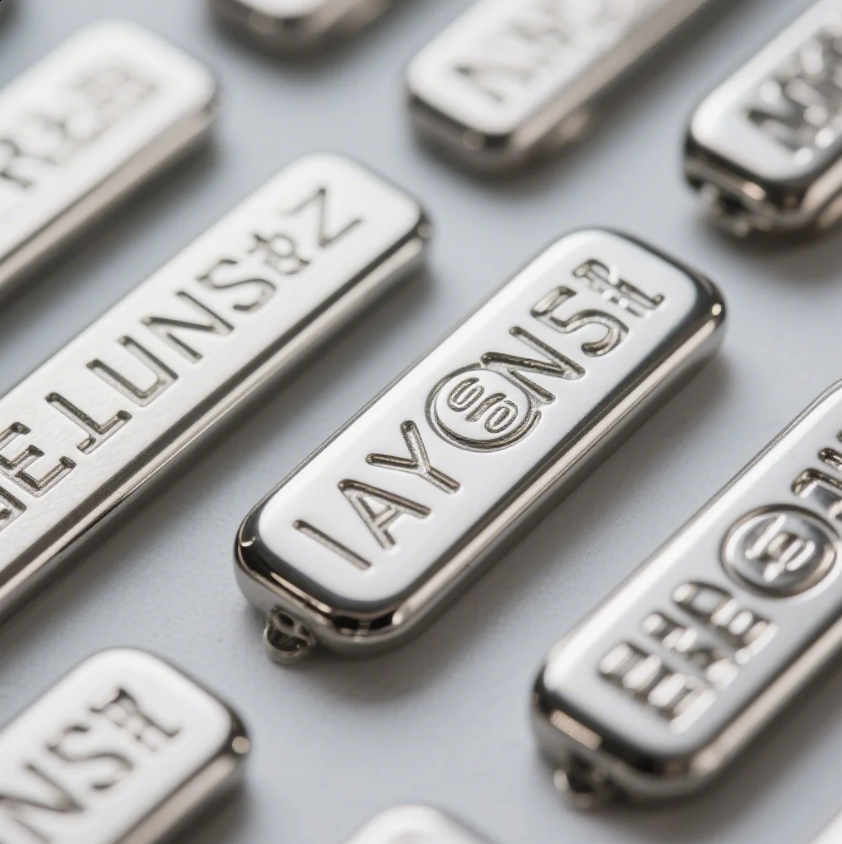
Scribe and Marking Pen
To mark out precise lines, a scribe is an excellent tool. It creates permanent, clean lines that won’t fade, making it ideal for detailed work. Marking pens are perfect for larger lines that need to be visible during the fabrication process. They’re available in various colors for contrast.
Chalk or Soapstone
For rougher work or temporary marks, chalk or soapstone is often used. Chalk marks can be easily wiped away, while soapstone offers more durability. Both are excellent for marking out large areas or when you’re working with materials that need a temporary mark.
Punch Tools for Hole Placement
For marking out specific points on the metal where holes need to be drilled, punch tools are essential. A center punch creates an indentation in the metal, ensuring that the drill bit stays in place and makes precise holes.
Laser Systems for Detailed Work
If you need to mark out detailed designs or intricate patterns, laser marking systems are the best choice. They provide the highest level of precision and ensure that the markings are permanent, clean, and exact.
LOOP_END
Conclusion
Marking metal effectively is essential for accurate fabrication. From using a scribe for detailed lines to choosing a marking pen for visibility, the right tool and method will ensure your marks are precise. For high-quality metal parts and expert guidance, contact Prime for all your metalworking needs.



